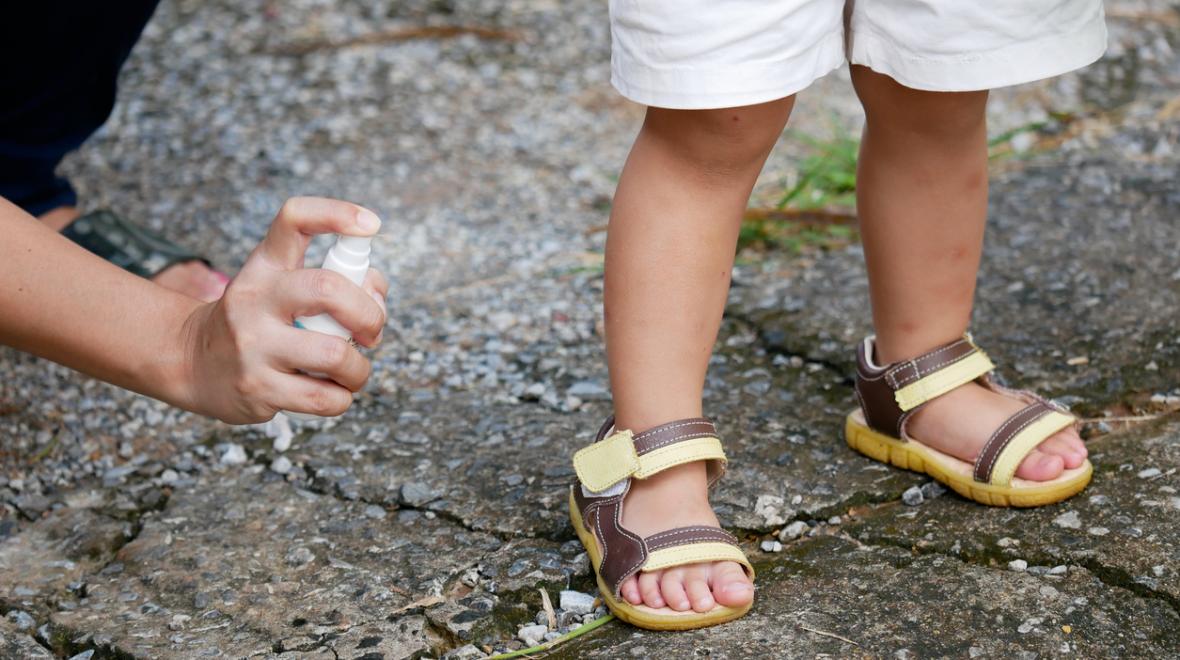
With more outside time on our schedules, parents have another item on their shopping list: bug repellent.
It’s an item you don’t want to ignore because many of these mosquito and tick-borne illnesses can be extremely serious and concerning, says David Andrews, Ph.D., a senior scientist at the Environmental Working Group (EWG). Of course, bites from insects can also make kids — and adults — feel miserable.
What are your options?
While the idea of DEET may make parents tremble, Andrews says his deep research dive while creating the 2016 EWG’s Guide to Bug Repellents showed the concerns for DEET weren’t much higher than concerns found with other active ingredients.
“Picaridin and IR3535 are as advantageous against mosquitos and ticks, but we didn’t rule out DEET. It’s a good option, although for kids we typically recommend a lower concentration DEET product, choosing a product with a 10 percent or lower concentration level,” says Andrews.
It’s also good to know that the concentration level of repellents is not related to the product’s efficacy. “The concentration increases the amount of time you can wear a product before needing to re-apply. A 10 percent concentration lasts half as long as a 20 percent concentration,” says Andrews.
For an evening hike or a half-day event, a lower concentration might be all you need, while a bigger concentration for a camping trip might be in order, he adds
Consider the risks
Another key point is knowing your environment’s risks. Traveling to Minnesota, land of 10,000 mosquitoes and many ticks, is quite different than prepping for day camp in urban Seattle. That’s why the EWG guide is broken down by what you’re protecting against — bug bites, the Zika virus, Lyme disease or the West Nile virus — and includes a section for people who live in areas where bug-borne diseases aren’t prevalent.
For information on reported diseases from ticks and mosquitos in the U.S., check map graphics from the Centers for Disease Control and Prevention (CDC).
“Low concentration products are a reasonable place to start if you’re in a place with low risk for bug-borne disease transmission,” says Andrews. He also recommends trying products with different active ingredients. Focus on active ingredients that have been found to have good efficiency for kids and pregnant women: Picaridin, IR3535 and DEET.
What else can you do?
Of course, prevention isn’t just about spraying on bug repellent. Clothing coverage with hats, long sleeve shirts and pants go a long way to minimizing bites.
“With tick bite prevention, it’s essential to use the highest [active ingredient] concentration that’s safe, and to be diligent about checking for ticks once you get back inside,” says Andrews.
Avoid using bug repellents with children under the age of 6 months. Keep those infants covered up with clothing and hats, says Andrews, and ponder placing a mosquito net over the top of your infant’s car seat.











